Panel 6: Aboriginal Names
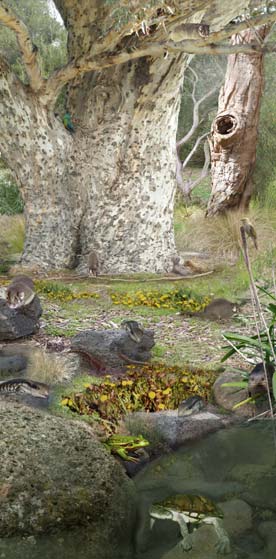
The local Aboriginal groups who occupied these lands for thousands of years would have known these animals intimately. With this in mind we have shown the local Aboriginal names for animals where possible. These are either from the Woiwurrung (W) or Boonwurrung (B) languages. In some cases the names are species specific, such as ‘tiger snake’, or otherwise simply ‘snake’.
Animals
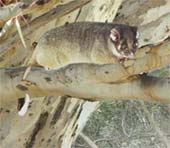
RINGTAIL POSSUM – bamunj (W) barnong (B)
The Ringtail Possum has adapted well to living in close association with humans and can be seen in suburban gardens at night. It feeds on Eucalyptus leaves, flowers and fruit.
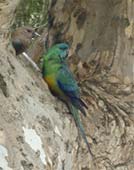
RED-RUMPED PARROT

WHITE-PLUMED HONEYEATER
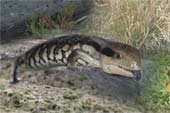
BLUE TONGUE LIZARD
The Common Blue Tongue eats a wide variety of plants and animals, but as it is not very agile, the animals it eats are mostly slow-moving. In suburbia cats and dogs kill many, particularly the young ones.
(large lizard) per-ren-un (W) gaan (B)
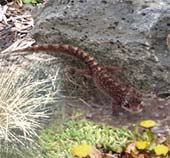
MARBLED GECKO
The Marbled Gecko is a small, soft-skinned lizard around 70 mm in length from its snout to its back legs. During the day it shelters under loose bark and rocks, and comes out at night to hunt for insects and spiders.
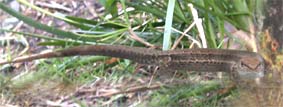
SKINKS
Skinks, like all reptiles, cannot produce their own body heat so need to hibernate in winter. They are active in the warmer months during daylight hours and live mostly on small insects.
(small lizard) narrang (W) gaan (B)
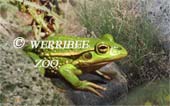
GROWLING GRASS FROG

SNAKE-NECKED TURTLE
The Snake-necked Turtle has a long neck, which is usually about half the length of its shell. It is almost exclusively carnivorous and eats anything small enough to seize and swallow such as fish, tadpoles, crustaceans, insects and carrion. It is a long-lived creature with a life-span similar to that of humans.
(Turtle/tortoise) bundabun (W) barribin (B)
Images of each of the animals in this exhibition are available to purchase in a high-resolution format. All enquiries should be directed to admin@livingmuseum.org.au or by telephone on +613 9318 3544.
